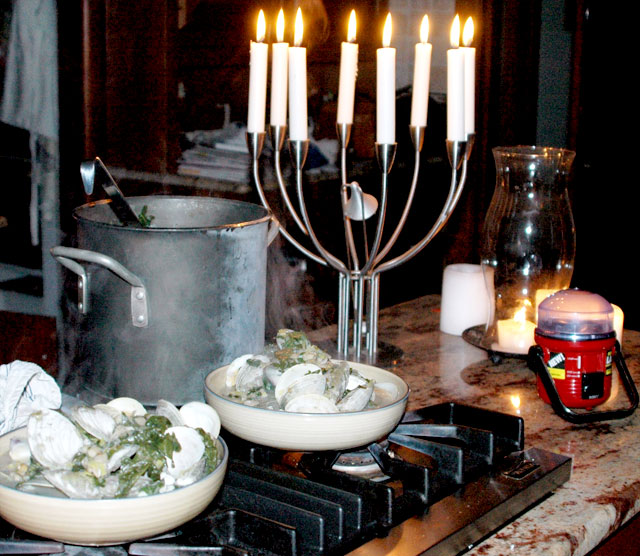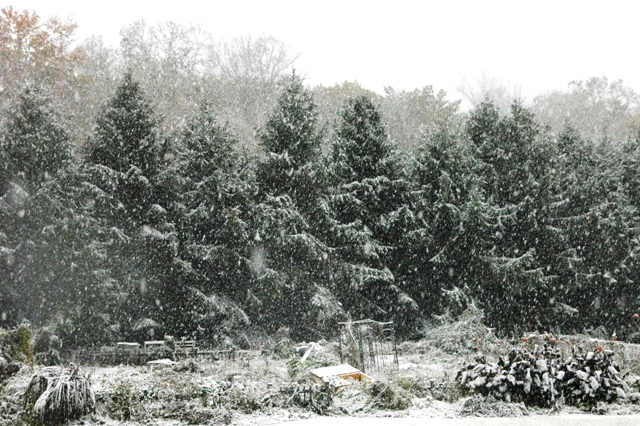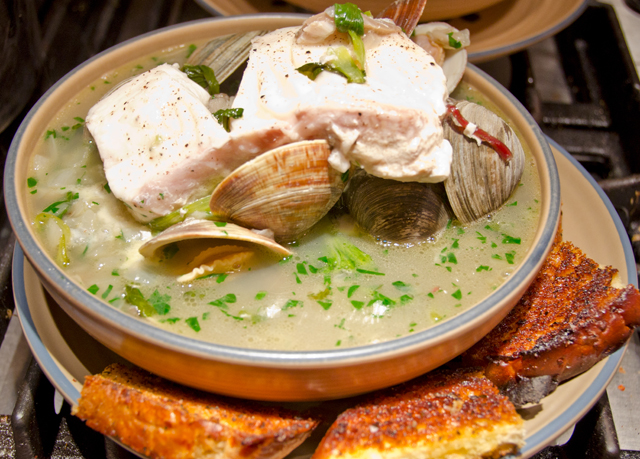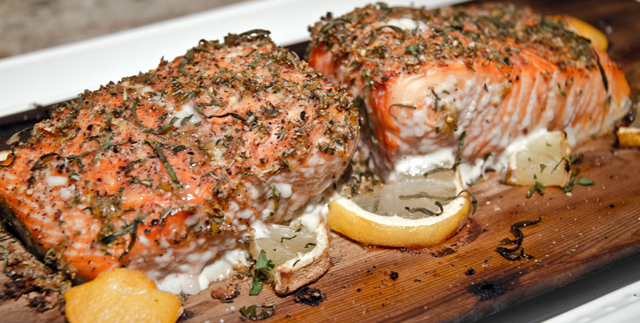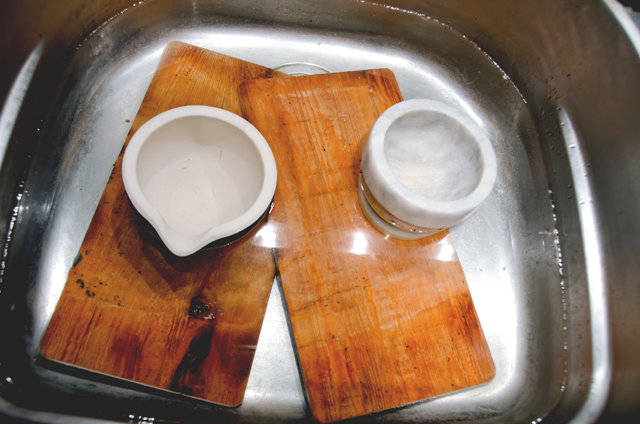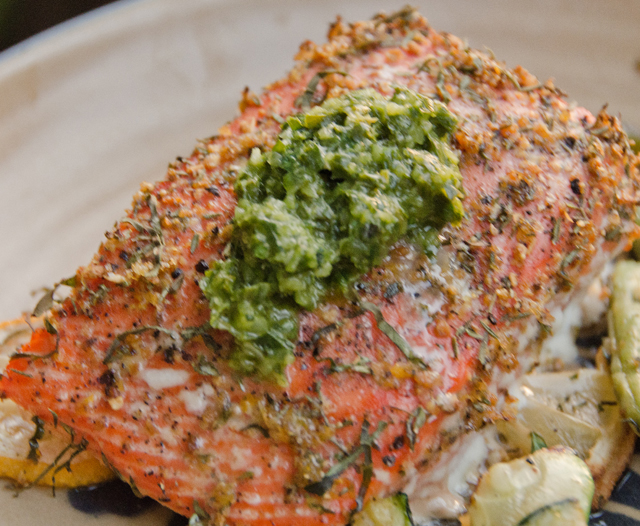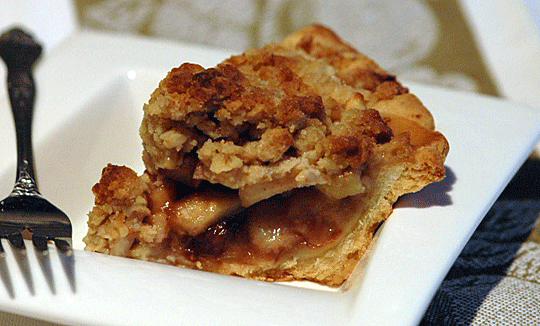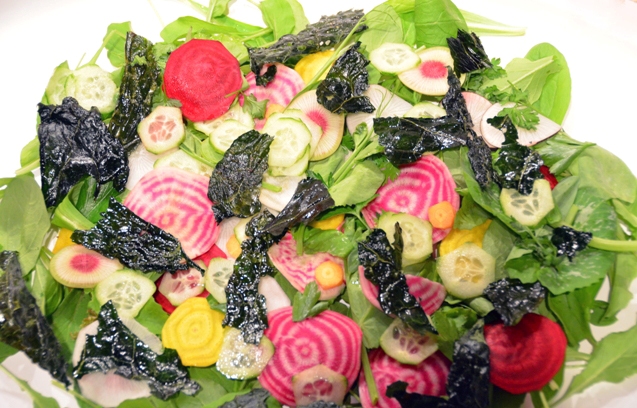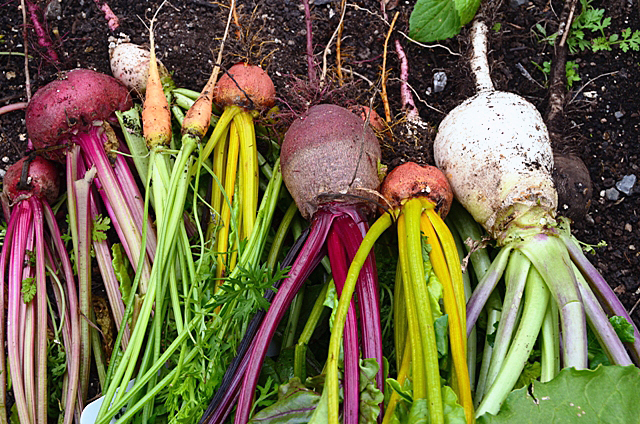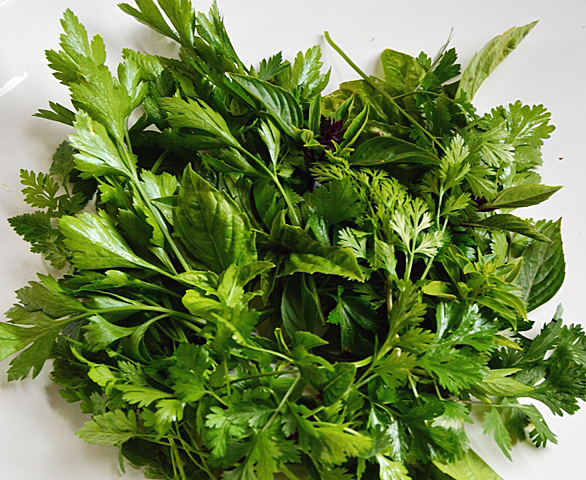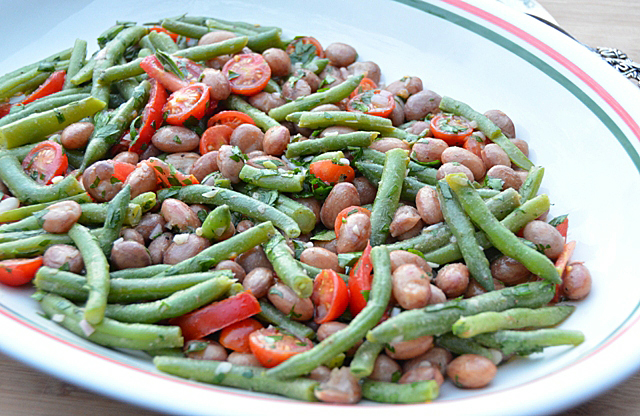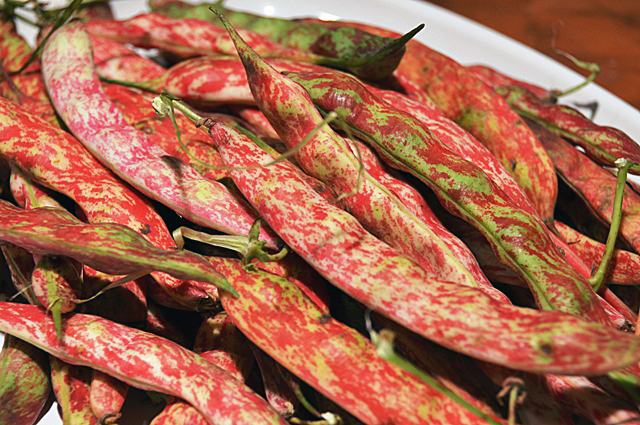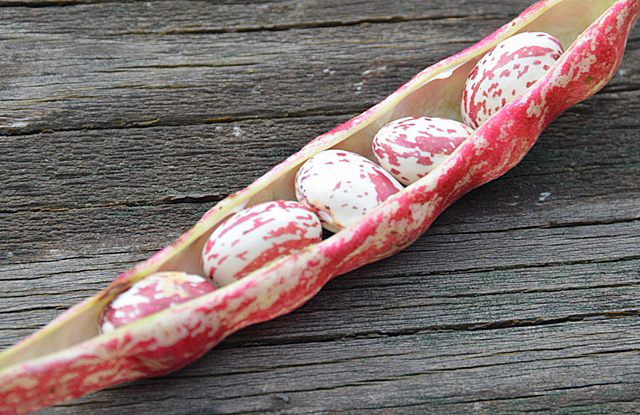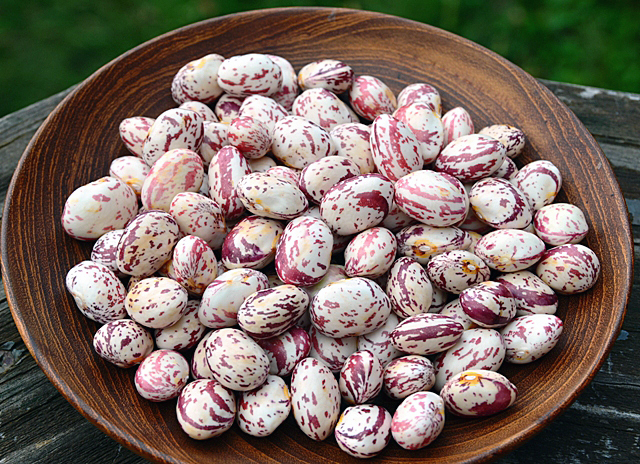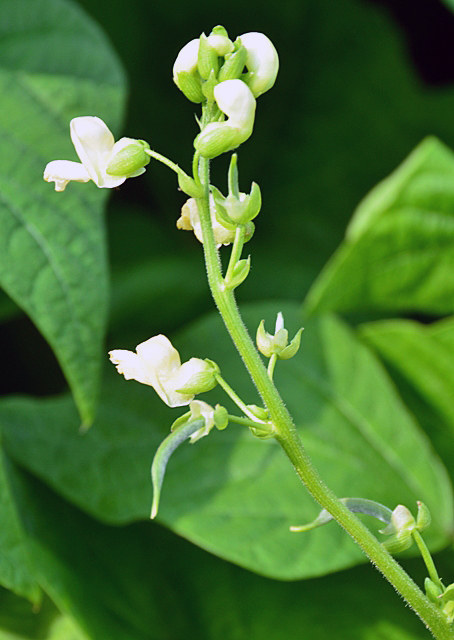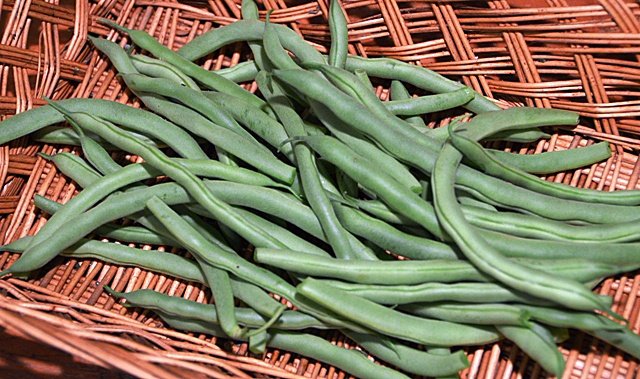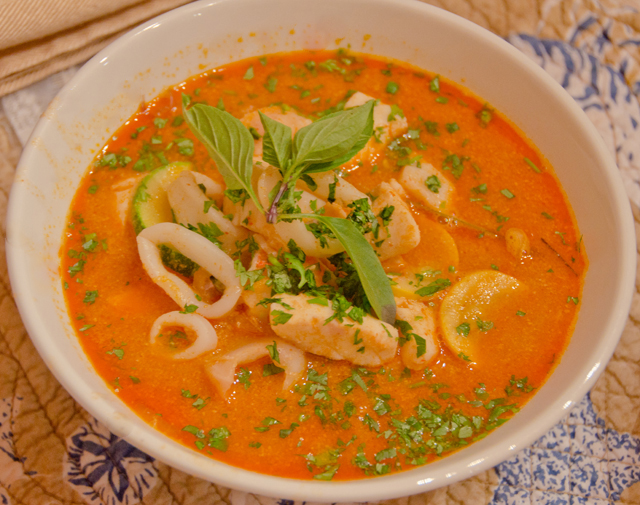
Fall is definitely making its mark this week, the leaves are turning, mornings are chilly and tonight, for one night only they say, temperatures are going down below freezing. That means a mad scramble to bring all the tender plants, hibiscus, bay and citrus trees, inside to the warmth of the conservatory. We enjoy our tropical plants outdoors in the summer but the reality of fall reminds us that this is not their home. These plants not only provide us with their beauty but often add a unique touch to our cooking. Lemongrass, a favorite nibble of our golden retriever, Cody, adds a subtle citrusy hint to our Thai dishes.
Our love of Thai food started many years ago at Siam, a little storefront restaurant in Lambertville, New Jersey, Growing Thai basil, chilis, lemongrass and coriander brings authentic flavors to our recipes. Although specialty produce items such as lemongrass and kefir lime leaves are available in the produce section of many supermarkets these days, having these plants in your home allows you more spontaneity in menu planning.
Such was the case with this impromptu dinner we made in August. Two days earlier, scallops and calamari were a part of my birthday dinner with friends and family. Now the leftover seafood and some fresh garden vegetables would be part of a delicious sweet and spicy curry. We love the complex flavors in Thai cooking and this recipe is no exception. I used the Thai Curry recipe maker in Fine Cooking as a starting point. You “drag and drop” ingredients into the recipe bowl to personalize the dish to your liking. Each recipe combines coconut milk, meat or fish, assorted vegetables, herbs and spices with red, yellow, green or Panang curry paste.
Curry paste is quite different than curry powder. Curry powder, mostly known in Indian cooking, is a blend of dry ingredients that can include up to twenty different ground spices, herbs and seeds. Curry paste is “wet”, made from fresh, not dried ingredients. Curry pastes come in a variety of colors and heat and may include fresh chilis, lemongrass, ginger, galangal, shallots, kefir lime, shrimp paste and peanuts. The red chili paste I used in this recipe is a blend of red chilis, coriander, garlic, shallots, galangal and shrimp paste. It is hot but not terribly so and the sweetness of the coconut milk in this recipe mellows out the chilis. A quick weeknight supper, perfect with some fragrant jasmine rice or rice noodles to sop up the juices.
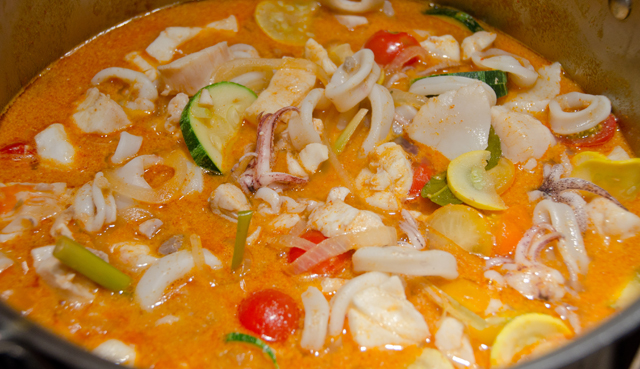
Thai Curry with Scallops and Calamari
created with the Fine Cooking Recipe Maker
Serves 4
Ingredients
- 1 (13.5- to 14-oz.) can coconut milk, my favorite brand is Chaokoh
- 1/4 cup red curry paste
- 1 cup lower-salt chicken broth, or homemade chicken or vegetable broth
- 2 Tbs. light brown sugar or light brown palm sugar; more as needed
- 1 tsp. fish sauce; more as needed-I like the Three Crabs brand, available in most Asian markets
- 6 whole fresh kefir lime leaves (or substitute 1 tsp. finely grated lime zest)
- 1/2 lb. squid tubes cut into 1/2″ thick rings, tentacles cut into bite-sized pieces
- 1 c zucchini, sliced 1/4″ thick
- 1 c yellow squash sliced 1/4″ thick
- 1/2 lb. scallops, outer muscle removed
- 1 c halved cherry tomatoes
- 1/4 c loosely packed chopped fresh cilantro
- Thai basil sprigs and lime wedges for garnish
Directions
- Before opening, shake can of coconut milk to redistribute the solids that accumulate at the top of the can.
- Over medium heat, in a 3- to 4-quart saucepan or wok, simmer 1/2 cup of the coconut milk, stirring occasionally, until reduced by about half, 3 to 5 minutes. It will get very thick and shiny and may or may not separate; either is fine.
- Add the curry paste, whisk well, and cook, continuing to whisk, for 1 minute. Whisk in the broth, sugar, fish sauce, lime leaves, and remaining coconut milk. Bring to a simmer over medium-high heat.
- After 2 minutes, add the calamari, zucchini and yellow squash and continue to simmer, adjusting the heat as necessary.
- After 1 minute, add the scallops and continue to simmer. After another minute, add the cherry tomatoes and continue to simmer until everything is tender and cooked through, about 1 more minute.
- Remove the curry from the heat. Season to taste with more sugar and fish sauce, and stir in the cilantro. Transfer to a serving bowl or serve from the pot. Remove the lime leaves or tell your guests to eat around them. Garnish with lime wedges and basil sprigs.

